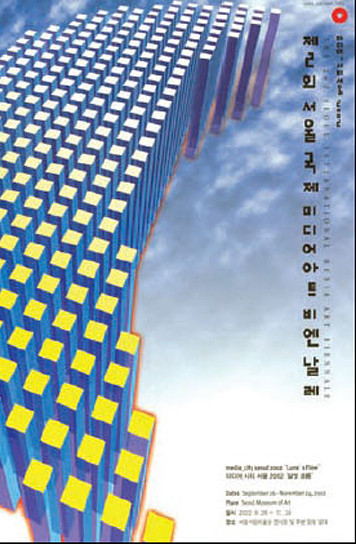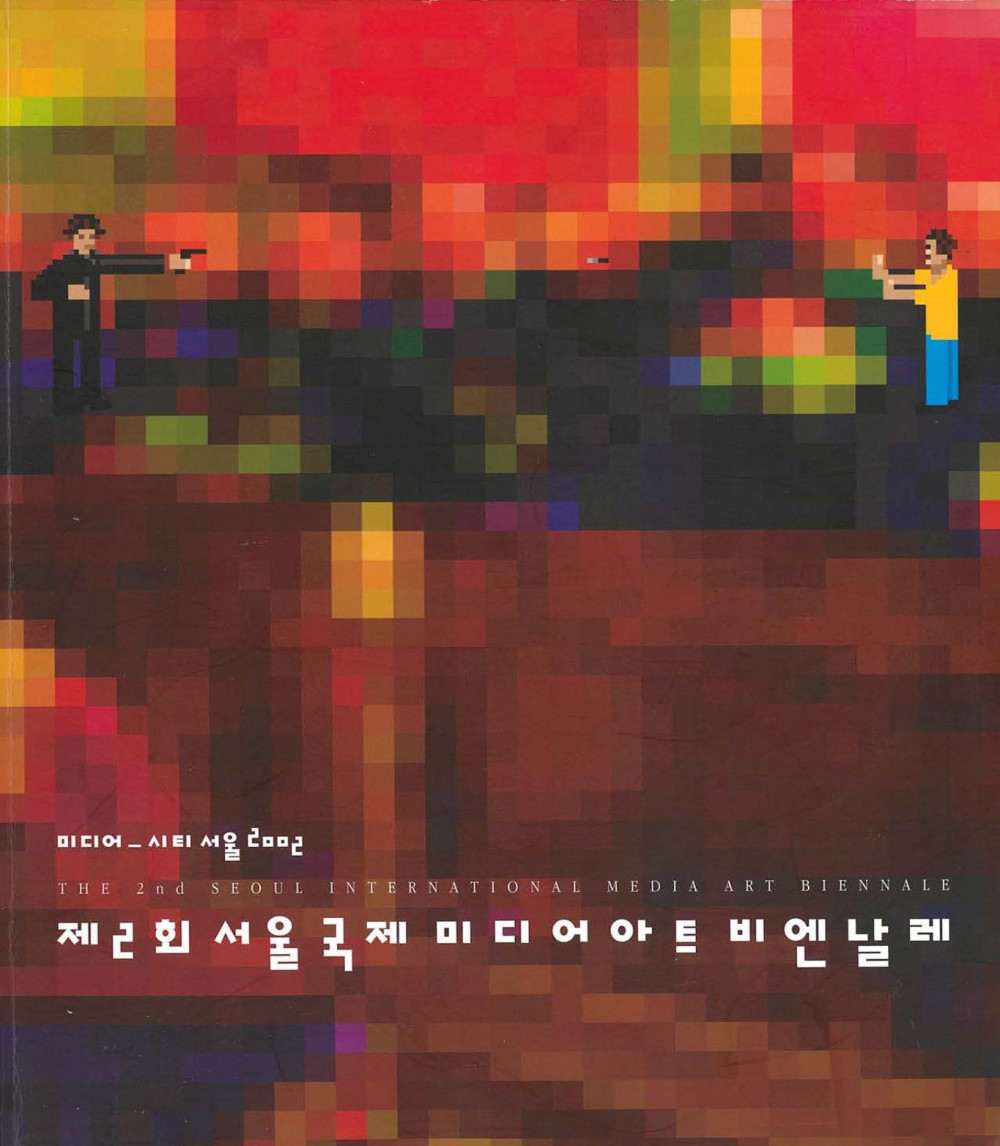Kim Kyu-Wan’s works deal with images of natural environments clearly illustrating the existence and role of human beings. The artist converted the style “LanTing Xu,” that is derived from calligraphic works by the great Chinese calligrapher, Wang Xi-Zhi (AD 307–365) of the East Jin Dynasty into “vector graphic.” This was then placed onto images captured by a digital camera. Having done that, he manipulated it using Adobe Photoshop and printed it out on the Iris 3047 inkjet printer. The reason he adhered to a digital workflow throughout the whole process is based on his conviction that it is more environment-friendly than silver salt pictures.
He chose the digital workflow for this rather simple yet obvious reason. He thinks that as an important constituent of nature, we should be faithful to our role as such. Despite the fact that we often fail to realize the benefits nature offers to us, it is apparent that we cannot live without it as we cannot live without air. Kim’s work serves as an example of how an artist’s interest in social issues influences his or her choice of a work medium for educational purposes. As far as the environment is concerned, one of the advantages the rapid development of technology offers is that it improves work efficiency within a given period of time, which in turn helps slow down the process of environmental disruption. The fact that he clarified his motive for choosing a particular work medium from such a point of view shows his mental capacity for objectivity.
Epiphany - Shaking, 2001. digital print, iris print on art paper. 76 × 109 cm
Epiphany - Breaking, 2001. digital print, iris print on art paper. 76 × 109 cm
Courtesy of the artist

